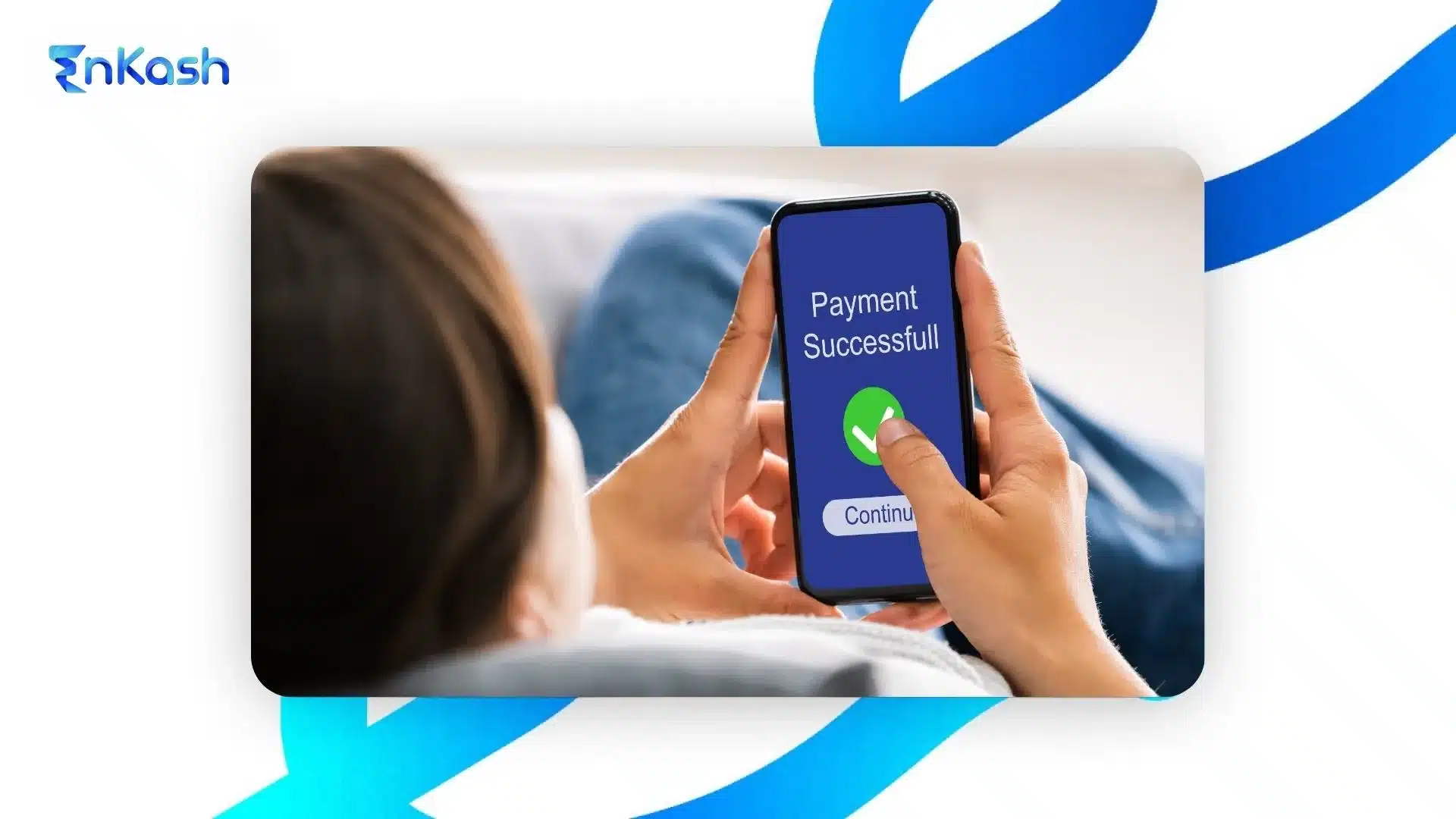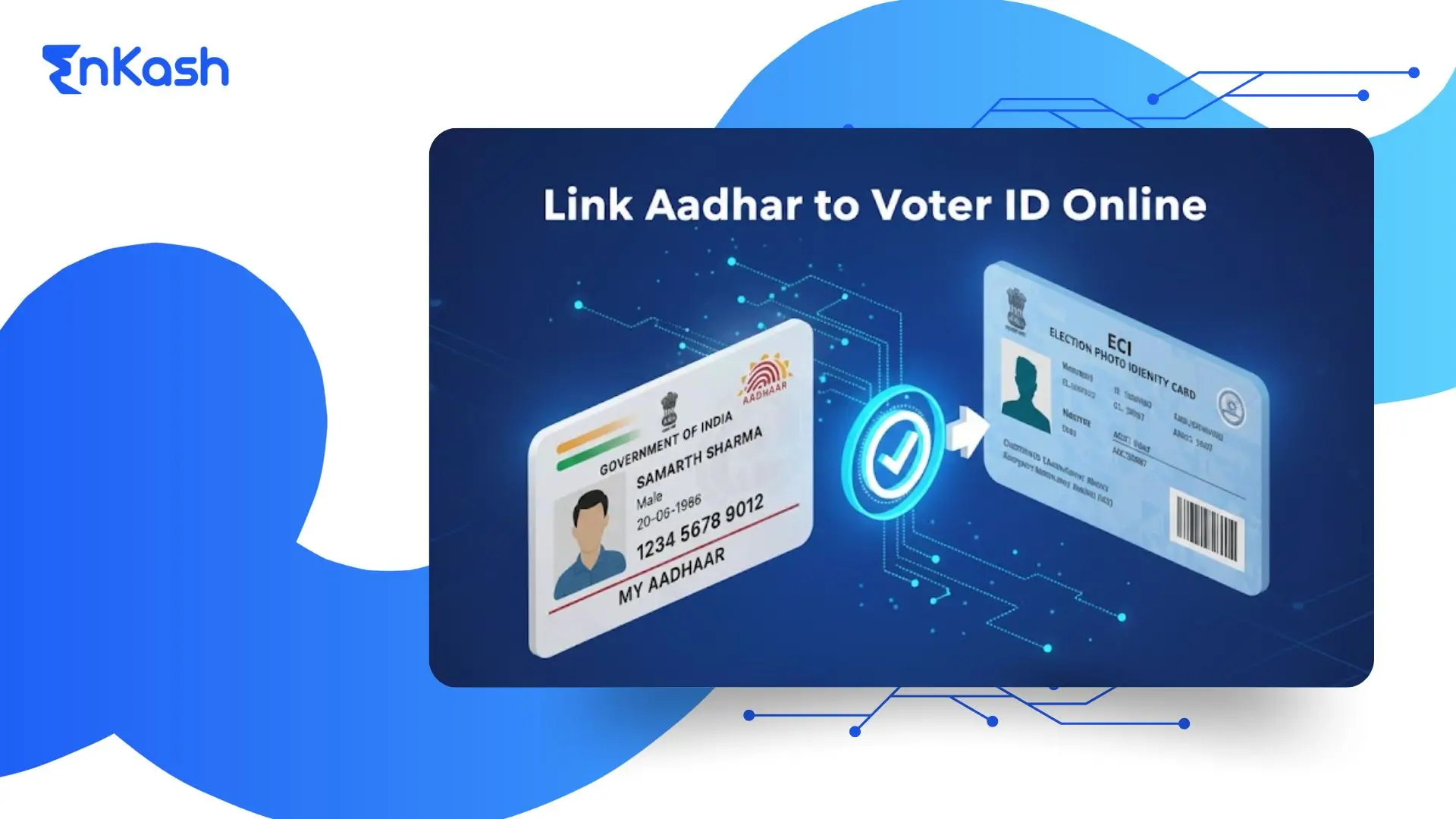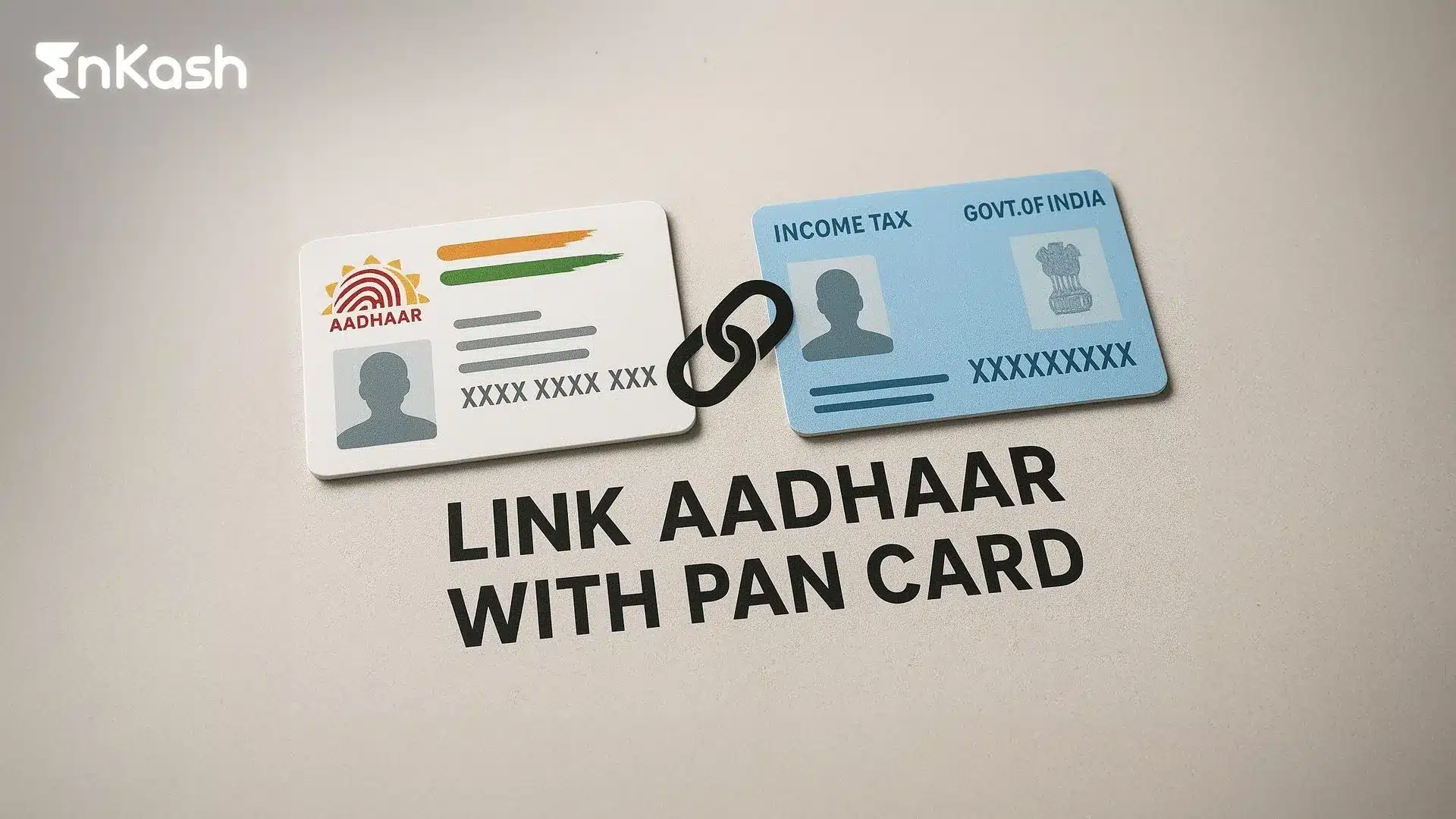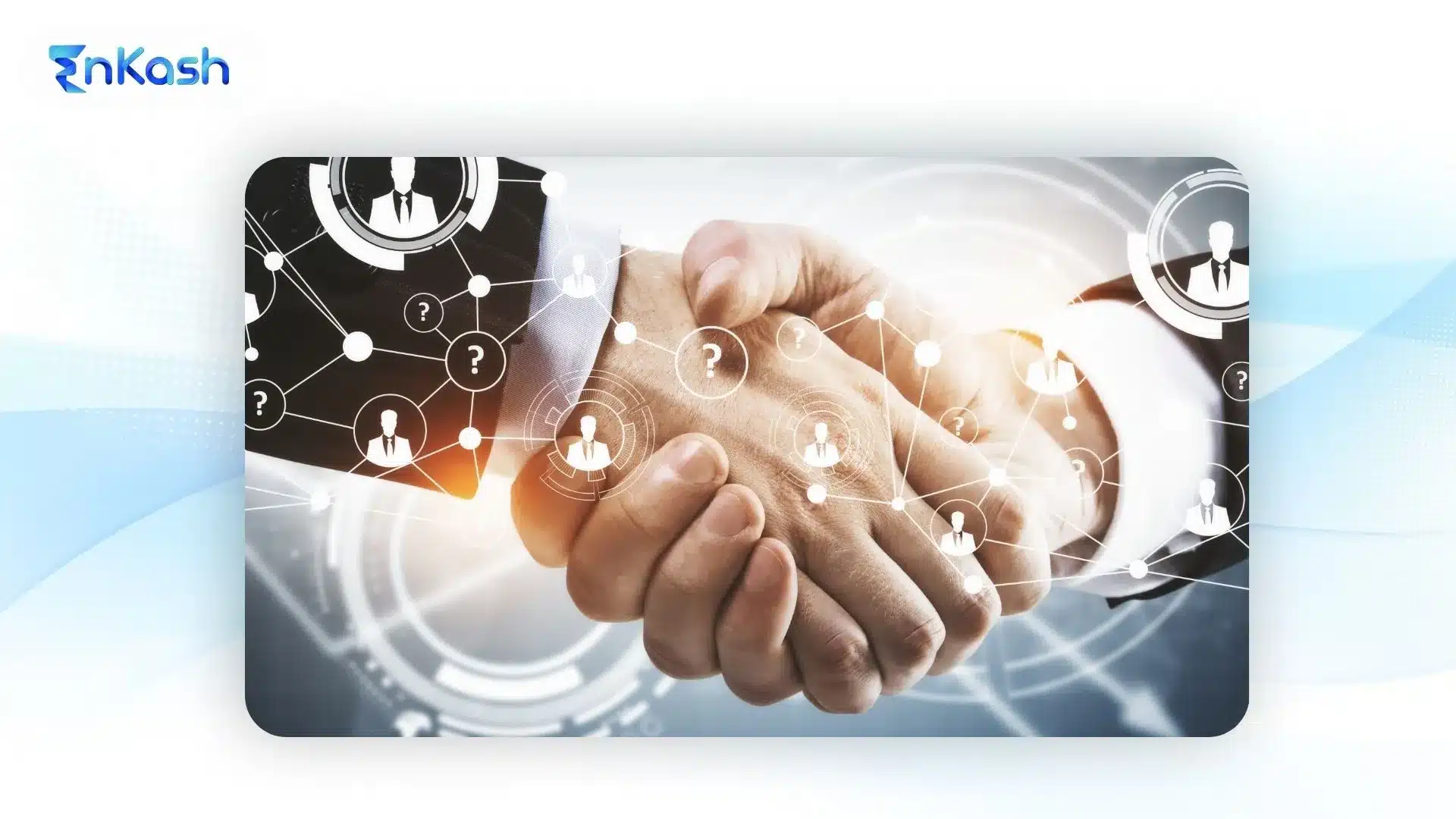Introduction
In today’s digital-first world, almost every online purchase relies on a payment gateway. However, before diving deeper, let’s understand the meaning of a payment gateway in simple terms. A payment gateway is a secure technology that acts as a bridge between a customer, a merchant, and the bank, ensuring that money is safely transferred during an online transaction.
If you’ve ever wondered what a payment gateway is or searched for the exact payment gateway definition, it simply refers to a service that authorizes and processes payments made through credit cards, debit cards, UPI, or net banking
The role of payment gateways has become critical in e-commerce, online shopping, and digital business growth, making them a cornerstone of modern financial systems. Understanding the gateway payment meaning not only helps businesses choose the right solution but also gives customers confidence in making secure payments.
What is a Payment Gateway?
A payment gateway is a secure technology platform that enables businesses to collect payments online from customers. In simple terms, it acts as a digital bridge between a merchant’s website or app and the customer’s bank, ensuring the transaction is safe, fast, and authorized.
The payment gateway meaning can be understood as the system that validates the payment details (like debit/credit card, UPI, or net banking), encrypts the information, and passes it to the respective acquiring bank for approval. Without a payment gateway, merchants cannot receive digital payments directly.
A payment gateway functions as the front-end of the electronic payment process, transferring customer data to the merchant’s acquiring bank for transaction processing.
There are different types of payment gateways:
- E-Payment Gateway – Allows electronic payments through cards, UPI, and wallets.
- Internet Payment Gateway – Integrated directly into e-commerce websites for smooth checkout.
- Open Payment Gateway – Provides APIs and flexibility for businesses to build customized payment solutions.
In short, the payment gateway definition is: “a technology that processes, authorizes, and secures online transactions between a buyer and a seller.”
How Payment Gateway Works?
A payment gateway is the backbone of digital transactions, ensuring that money moves safely from the customer’s account to the merchant’s account. While this happens within seconds, the payment gateway process involves multiple steps and players.
Let’s break it down in detail:
1. Customer Initiates the Payment
- The process begins when the customer decides to buy something online and proceeds to the checkout page.
- They enter payment details—such as credit/debit card information, UPI ID, or internet banking credentials—into the payment page.
- This is also called the first step in online transaction, where the gateway captures the data for further processing.
2. Payment Gateway Encrypts the Data
- Once the payment information is entered, the payment gateway architecture encrypts sensitive data like card numbers and CVV using SSL (Secure Socket Layer).
- Encryption in Payment Gateways ensures that details are safe from hackers during transmission.
- At this stage, the payment is in the state often referred to as payment in process.
3. Transaction Request Sent to Acquiring Bank
- The gateway forwards the encrypted payment details to the acquiring bank (the merchant’s bank).
- The acquiring bank passes the request through a payment processor (like Visa, Mastercard, or RuPay).
4. Issuing Bank Authorization
The request reaches the issuing bank (the customer’s bank) for authorization.
The issuing bank checks:
- Whether the account has sufficient balance/credit.
- Whether the transaction looks legitimate (fraud checks, OTP verification, etc.).
Based on this, the issuing bank either approves or declines the transaction.
5. Response Sent Back Through Payment Gateway
- The authorization result (approved/declined) travels back the same path:
Issuing Bank → Payment Processor → Acquiring Bank → Payment Gateway → Merchant’s Website/App. - If approved, the customer sees a “Payment Successful” message; if declined, they’re asked to try again.
6. Settlement of Funds
- If approved, the funds don’t instantly appear in the merchant’s account.
- The settlement process takes place, where the acquiring bank collects the payment from the issuing bank and deposits it into the merchant’s account after deducting payment gateway charges/transaction fees.
This completes the payment flow.
Key Points About the Payment Gateway Process
- Every transaction goes through encryption, authorization, and settlement.
- This ensures security, speed, and trust in online trading.
- In banking terms, this flow is sometimes illustrated in a credit card processing system activity diagram or use case diagram, often used in fintech and IT system design.
- A PG transaction meaning “payment gateway transaction” is simply any digital payment processed via this system.
Read more: Working of Payment Gateways.
Example of a Payment Gateway
To better understand the payment gateway meaning, let’s look at a few real-world payment gateway examples.
Popular payment gateways in India include EnKash Payment Gateway, Razorpay, PayU, Paytm, and CCAvenue. Global players like Visa Payment Gateway and Stripe are also widely used. These platforms enable businesses to accept secure payments through credit/debit cards, UPI, net banking, and wallets.
For instance, if you run an e-commerce store and integrate the EnKash Payment Gateway, a customer can select products, proceed to checkout, and make payments directly on your website. The gateway securely processes the details, gets approval from the issuing bank, and then transfers funds to your gateway account (merchant account). This explains what is payment gateway with example in a real business scenario.
If you want to create a payment gateway or add one to your website, most providers offer ready-to-use APIs. The process of how to add payment gateway in website typically involves:
Signing up with a payment gateway provider.
- Verifying your business documents and KYC.
- Integrating their API or plugin with your site/app.
- Testing and going live to start accepting payments.
In short, a payment gateway example like EnKash, how technology simplifies digital payments—making them fast, secure, and reliable for both merchants and customers.
Payment Gateway vs. Payment Terminal
Many people confuse a payment gateway with a payment terminal, but they serve different purposes in the digital payments environment.
A payment gateway is an online solution that securely processes payments between customers, merchants, and banks. It is mostly used for e-commerce, websites, apps, and digital businesses. For example, a merchant payment gateway like EnKash enables secure card-not-present transactions (online payments).
On the other hand, a payment terminal (often called a POS machine) is a physical device used in offline stores to accept card-present payments. It reads debit/credit cards, verifies details, and initiates card processing systems to settle funds. For instance, Terminal 1 card settlement refers to the backend process where card payments are authorized and cleared through banking channels.
In short:
- A payment gateway powers online payments,
- A payment terminal powers in-person/offline payments.
Comparison: Payment Gateway vs. Payment Terminal
| Feature | Payment Gateway | Payment Terminal (POS Machine) |
|---|---|---|
| Definition | A secure online platform that processes digital transactions between buyer & seller. | A physical device used to accept card payments in offline stores. |
| Usage | E-commerce websites, apps, SaaS, subscription businesses. | Retail shops, restaurants, hotels, offline businesses. |
| Transaction Type | Card-Not-Present (CNP) – online cards, UPI, net banking, wallets. | Card-Present (CP) – swiped, inserted, or tapped card transactions. |
| Integration | API integration with a website or mobile application. | Hardware device integrated with a bank/merchant account. |
| Settlement Process | Uses merchant payment gateway → acquiring bank → issuing bank → settlement. | Uses terminal → card networks → acquiring bank. |
| Security Features | SSL encryption, tokenization, and PCI DSS compliance. | EMV chip technology, PIN authentication. |
| Examples | EnKash, Razorpay, PayU, Paytm, CCAvenue, Stripe. | Pine Labs POS, HDFC POS Terminal, ICICI Merchant Terminal. |
Payment Gateway vs. Payment Processor
A payment gateway and a payment processor work together, but serve different roles in the payments domain in banking.
- A payment gateway is the technology layer that securely captures, encrypts, and transmits customer payment details from the website/app to the banks.
- A payment processor is the service provider that communicates with the issuing bank (customer’s bank) and the acquiring bank (merchant’s bank) to move the money.
In short, the gateway is the digital bridge, and the processor is the engine that powers electronic payment processing.
Comparison: Payment Gateway vs. Payment Processor
| Feature | Payment Gateway | Payment Processor |
|---|---|---|
| Definition | Secure technology that collects & transmits customer payment details. | Backend service that facilitates fund transfer between banks. |
| Role in Payment Flow | Encrypts, authorizes, and routes transaction data. | Connects the acquiring bank with the issuing bank to complete the transaction. |
| In Banking Terms | Acts like the “messenger” between the customer, the merchant, and the banks. | Acts like the “executor” that actually moves the funds. |
| Examples | EnKash, Razorpay, PayU, CCAvenue. | Visa, Mastercard, RuPay, and First Data. |
| Focus | Security, fraud prevention, smooth checkout experience. | Settlement, clearing, and electronic payment processing. |
Read More: Payment Gateway vs Payment Processor
The Framework of a Payment Gateway
A payment gateway framework refers to the technical setup that enables secure and seamless digital transactions. It combines APIs, encryption, authorization layers, and settlement mechanisms to ensure that every payment is processed correctly between customers, merchants, and banks.
1. Payment Gateway Architecture
At its core, the payment gateway architecture works as a multi-layer system:
- Front-End Layer (APIs & Checkout Integration): Connects the merchant’s website/app to the gateway system.
- Encryption & Security Layer: Uses SSL/TLS, tokenization, and PCI DSS compliance to protect sensitive data.
- Authorization Layer: Routes transaction details to the issuing bank for approval.
- Settlement Layer: Transfers funds from the issuing bank to the acquiring bank, and finally to the merchant’s account.
This layered gateway system ensures that payment details are never exposed during transmission.
2. Internet Banking & Transaction Flow
The framework often uses models similar to an internet banking diagram, where information flows in this sequence:
Customer → Payment Gateway → Acquiring Bank → Card Network/Processor → Issuing Bank → Response → Merchant.
This system that makes use of currency for facilitating payments ensures that every online transaction—whether card, UPI, or net banking—is authorized and settled in real time.
The Players in the Payment Gateway Ecosystem
A payment gateway ecosystem involves multiple parties working together to complete a secure online transaction. Each participant plays a critical role in the payment flow:
1. Customer (Payer)
The customer is the one who initiates the payment—whether by card, UPI, wallet, or net banking. This is the person-to-merchant transaction, where money flows from the buyer to the seller.
2. Merchant (Payee)
The merchant is the business or seller receiving the payment. For e-commerce or SaaS businesses, the merchant payment gateway ensures they can accept and manage online transactions seamlessly.
3. Payment Gateway
The gateway online system captures the customer’s payment details, encrypts them, and routes them securely to the banks for authorization.
4. Acquiring Bank (Merchant’s Bank)
This is the bank that holds the merchant account. It receives the transaction request from the payment gateway and forwards it to the payment processor.
5. Issuing Bank (Customer’s Bank)
The issuing bank provides the card or account used for payment. It verifies the details, checks the balance, and approves or declines the transaction.
6. Payment Processor / Card Network
Networks like Visa, Mastercard, RuPay, or American Express act as the backbone. They connect the acquiring bank to the issuing bank to facilitate fund transfer.
How Does a Payment Gateway Keep Information Secure?
Security is the most critical part of any payment gateway process. Since sensitive information like card numbers, CVV, and UPI IDs is involved, gateways use multiple layers of protection to prevent fraud and data theft.
1. SSL Encryption
Every payment gateway uses SSL (Secure Socket Layer) encryption to secure data while it travels between the customer, merchant, and banks. This ensures that even if someone intercepts the data, it remains unreadable.
2. PCI DSS Compliance
Leading payment gateway companies in India and worldwide follow PCI DSS (Payment Card Industry Data Security Standard). This compliance ensures that customer data is stored, transmitted, and processed under strict security protocols.
3. Tokenization
Instead of storing sensitive card details, tokenization replaces them with a unique identifier (token). This adds another layer of protection to prevent misuse even if data is leaked.
4. Fraud Detection & Monitoring
Modern merchant payment gateways use AI-driven fraud detection, velocity checks, and OTP verification to block suspicious transactions.
5. Handling Security Risks
Although rare, incidents like a payment gateway company account being hacked highlight the importance of choosing providers with strong cybersecurity measures. Reliable gateways immediately alert merchants, block compromised accounts, and ensure minimal impact on customer trust.
Read more: Payment Gateway Security Features: Safeguarding Online Transactions
How Much Does a Payment Gateway Cost?
When businesses search for a payment gateway, one of the most common questions is: “What is payment gateway charges?” The cost of using a payment gateway depends on the provider, the type of transactions, and the business model.
1. Setup & Integration Fees
Some payment gateway companies in India charge a one-time setup fee for account creation and technical integration. Many modern providers (like EnKash, Razorpay, and PayU) offer zero setup fee to encourage small and medium businesses.
2. Annual Maintenance Charges (AMC)
A few providers charge annual fees for gateway maintenance, updates, and support, though most leading fintechs now waive this cost for startups and SMEs.
3. Transaction Charges (MDR – Merchant Discount Rate)
MDR is the most important cost component. Every time a customer makes a payment, the provider charges a small percentage of the transaction value. For example:
- Credit/Debit Cards: Usually 1.8% – 3% per transaction.
- UPI & Net Banking: Generally lower, often 0% – 1%.
- Wallets & International Cards: Can range between 2.5% – 4%.
These charges cover payment processing, fraud detection, and settlement fees.
4. Hidden or Optional Costs
Some providers may add charges for features like:
- International payment acceptance
- Advanced fraud detection tools
- Recurring billing or subscription models
- Faster settlement cycles
Read more: Pricing Structure of Payment Gateways: A Guide for Businesses
Popular Payment Gateway Companies in India
India has witnessed rapid growth in digital payments, and several payment gateway companies now power secure online transactions for businesses of all sizes. Choosing the right payment gateway provider is essential to ensure smooth checkouts, faster settlements, and reliable customer experience.
Top Payment Gateway Companies in India
EnKash Payment Gateway
A fast-growing internet payment gateway designed for businesses of all sizes. EnKash offers secure APIs, multiple payment methods (cards, UPI, net banking, wallets), and competitive pricing, making it one of the most business-friendly payment gateways in India.
Razorpay
One of the most popular payment gateway providers, Razorpay offers easy integration for startups, e-commerce stores, and SaaS platforms. It supports cards, UPI, EMI, and international payments.
Paytm Payment Gateway
Backed by India’s leading fintech brand, Paytm offers a robust merchant payment gateway with wallet, UPI, cards, and net banking options, ideal for high-volume businesses.
PayU
A trusted payment gateway company, PayU, caters to SMEs and large enterprises with features like recurring billing, fraud detection, and multi-currency support.
CCAvenue
One of the oldest third-party payment gateways in India, CCAvenue supports 200+ payment options, including cards, wallets, and net banking. It is widely used by e-commerce merchants.
Bank of India Payment Gateway
A reliable bank payment gateway that helps merchants securely accept payments through card networks and net banking.
Read more: Top 10 payment gateways in India
Conclusion
A payment gateway is no longer just a tool but the backbone of today’s digital payment ecosystem. From enabling smooth e-commerce transactions to ensuring secure online trading, payment gateways make it possible for businesses and customers to exchange money safely and instantly.
By now, you know the payment gateway meaning, definition, process, and examples—along with how it differs from a payment processor and a payment terminal. You also learned about the players in the payment gateway ecosystem, its security features, architecture, and costs.
Whether you are a startup, SME, or enterprise, choosing the right payment gateway provider in India—such as EnKash, Razorpay, PayU, Paytm, or CCAvenue—can help you deliver a frictionless payment experience, gain.
FAQs on Payment Gateway
1. What is meant by a payment gateway?
A payment gateway is a secure technology that connects a merchant’s website/app with the bank, allowing customers to make online payments via cards, UPI, net banking, or wallets.
2. How does payment gateway work step by step?
The payment gateway process includes:
- Customer enters payment details.
- Gateway encrypts the data.
- Acquiring bank forwards request to issuing bank.
- Issuing bank approves/declines the transaction.
- Funds are settled into the merchant’s account.
3. What is payment gateway with example?
A payment gateway example is EnKash, Razorpay, PayU, or Paytm. For instance, when a customer pays online using their card, the gateway encrypts and routes the transaction securely to the bank for approval.
4. What is the difference between payment gateway and payment processor?
A payment gateway captures and encrypts transaction data, while a payment processor communicates with banks (issuing and acquiring) to transfer funds. Both work together to complete electronic payment processing.
5. What is the difference between payment gateway and payment terminal?
A payment gateway is used for online payments (e-commerce, apps), whereas a payment terminal (POS machine) is a physical device for offline, in-store card payments.
6. What is PG transaction meaning?
PG transaction meaning refers to any transaction processed through a payment gateway. It includes authorization, encryption, and settlement between the customer, merchant, and banks.
7. How secure are payment gateways?
Modern payment gateways are highly secure with SSL encryption, PCI DSS compliance, tokenization, OTP verification, and fraud detection systems to protect customer data.
8. How to add payment gateway in website?
To add a payment gateway to a website:
- Choose a payment gateway provider (e.g., EnKash, Razorpay).
- Complete KYC and account setup.
- Integrate APIs or plugins.
- Test in sandbox mode before going live.
9. What are the top payment gateway companies in India?
Popular gateway providers in India include EnKash, Razorpay, PayU, Paytm, CCAvenue, and Bank of India Payment Gateway.
10. How much does a payment gateway cost?
The payment gateway cost depends on provider and transaction type. In India, charges range from 1.8% – 3% per transaction, with UPI often being lower. Some providers also charge setup or annual maintenance fees, though many fintechs now offer zero setup costs.








